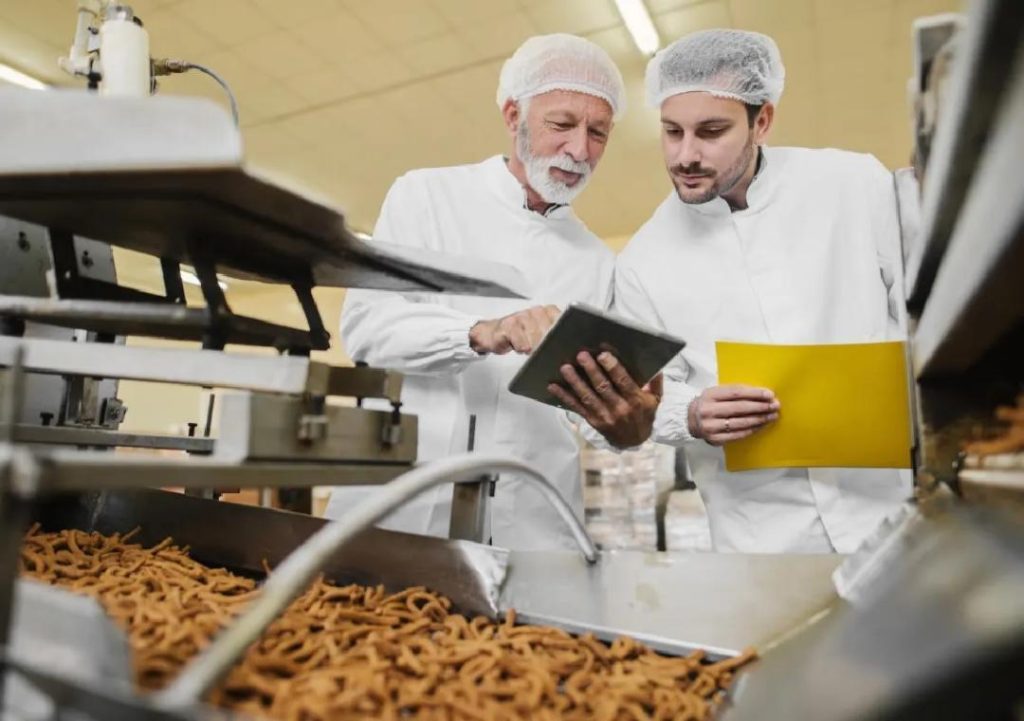
Can P&L Optimisation Redefine Success in Food Technology?
The food technology industry is a vital sector that plays a significant role in ensuring global food security. With the increasing demand for healthy and sustainable food options, food tech companies are continuously innovating to meet the changing needs of consumers. However, the industry is not immune to the challenges of profitability and sustainability. To stay competitive, food tech companies are turning to P&L (Profit and Loss) optimisation to streamline their operations and improve profitability.
P&L optimisation is the process of maximising profits by minimising costs and increasing revenue. In the food tech industry, this involves streamlining operations, improving inventory management, and leveraging data analytics to make informed decisions. By adopting scalable models, food tech companies can boost margins, ensure sustainable growth, and stay competitive in the industry.
The importance of P&L optimisation in food tech cannot be overstated. With the increasing competition and fluctuating market demands, food tech companies need to be agile and adaptable to stay ahead of the game. P&L optimisation helps companies to identify areas of inefficiency and optimise resources to improve profitability.
One of the key areas where P&L optimisation can make a significant impact is in inventory management. Food tech companies often struggle with inventory management, with stockouts and overstocking leading to significant losses. By implementing smart inventory systems, companies can track inventory levels in real-time, identify trends, and adjust production accordingly. This helps to reduce waste, improve supply chain efficiency, and increase customer satisfaction.
Another area where P&L optimisation can make a significant impact is in demand forecasting. Food tech companies often struggle to accurately predict demand, leading to stockouts and overstocking. By leveraging data analytics and machine learning algorithms, companies can improve demand forecasting, reducing the risk of stockouts and overstocking. This helps to improve inventory management, reduce waste, and increase customer satisfaction.
P&L optimisation can also help food tech companies to improve their pricing strategies. By analysing customer data and market trends, companies can identify opportunities to increase prices and improve margins. This helps to increase revenue and profitability, while also reducing the risk of price wars and commoditization.
In addition to these benefits, P&L optimisation can also help food tech companies to improve their operational efficiency. By streamlining operations, companies can reduce costs, improve productivity, and increase customer satisfaction. This helps to improve profitability, reduce the risk of financial losses, and increase the competitiveness of the company.
The benefits of P&L optimisation in food tech are numerous. By streamlining operations, improving inventory management, and leveraging data analytics, companies can boost margins, ensure sustainable growth, and stay competitive in the industry. However, implementing P&L optimisation is not without its challenges.
One of the biggest challenges of P&L optimisation is the need for cultural change. Food tech companies often have a traditional approach to operations, and implementing new systems and processes can be difficult. Companies need to be willing to adapt and change their mindset to reap the benefits of P&L optimisation.
Another challenge of P&L optimisation is the need for investment. Implementing new systems and processes requires significant investment, which can be a challenge for small and medium-sized food tech companies. Companies need to be willing to invest in their operations to reap the benefits of P&L optimisation.
Despite these challenges, the benefits of P&L optimisation in food tech are well worth the investment. By streamlining operations, improving inventory management, and leveraging data analytics, companies can improve profitability, reduce waste, and increase customer satisfaction. This helps to improve the competitiveness of the company, increase the value of the business, and create a sustainable future for the company.
In conclusion, P&L optimisation is a critical component of success in the food tech industry. By streamlining operations, improving inventory management, and leveraging data analytics, companies can improve profitability, reduce waste, and increase customer satisfaction. While implementing P&L optimisation requires significant investment and cultural change, the benefits are well worth the effort. Food tech companies that adopt scalable models and invest in P&L optimisation can boost margins, ensure sustainable growth, and stay competitive in the industry.
News Source:
https://www.growthjockey.com/blogs/p-and-l-operations-in-food-tech






